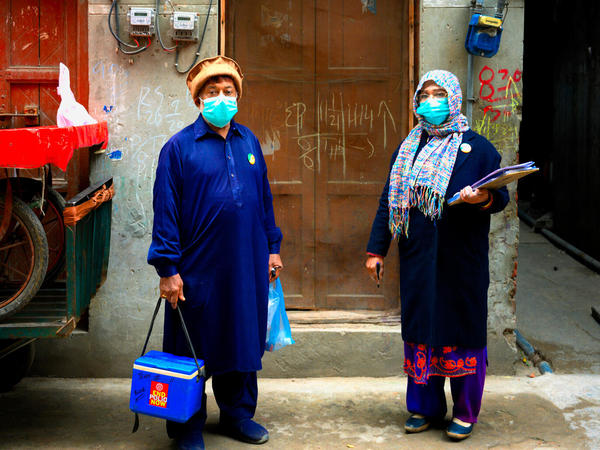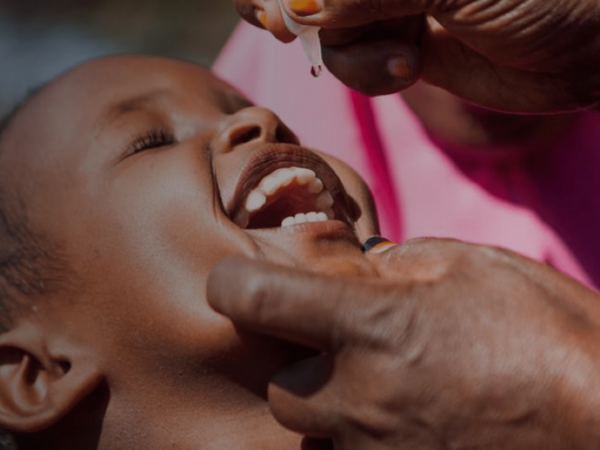Earned media is simply media activity that is free and not directly generated or financially supported by the programme. Journalists, partners and supporters can be very effective and trustworthy voices for the programme in public media channels.
Ultimately a blend of earned, paid and owned media will provide the most effective channel mix in the public sphere, but in most cases earned media will be seen as most credible and trustworthy for its neutrality and independence.
In environments where print, radio and television media are active, a supportive article directed to the target audience can provide a huge benefit. In the same vein, a negative, incorrect or misleading story from a trusted source can be very damaging.
It's for this reason that seeing journalists, editors and other media professionals as partners from the outset of any communication planning will increase the chances of a collaborative, rather than an antagonistic relationship.
Journalists need compelling stories and want to get the information right. Supporting journalists to do their job more effectively helps both sides. In many countries, journalists are underpaid and overworked. Organizing material and briefings that help them to report accurately will be appreciated and help ensure that earned media channels provide people with true and timely messages.
Whether responding to a crisis or simply responding to a cold call from a journalist, advanced preparation is key. An overall narrative that supports your strategic messaging can help keep all stakeholders and spokespeople on the same page with consistent, strategic content.
Ask your supervisor, or GPEI media focal point for the latest GPEI narrative and talking points.
Remember this is not earned media for donor or public relations! In fact you may be using a mass media channel to reach a very micro audience. Speaking to Government through a newspaper interview, for example, or appealing to a high risk group through their favourite radio channels can be a highly effective strategy.
Try to develop partnerships with journalist groups, media outlets and reporters who work on your "beat." Trainings, field trips and access to influential interview subjects will help get your message out while creating goodwill.
Regular monthly ‘Media Updates' are often a good way to continually engage your media list. The India Media Update, for example, included case counts, interesting facts, upcoming events and a picture story which could be re-run.
Partnerships flow both ways, so think clearly about the needs of your journalists as you develop your strategic interventions.
Learn more
Explore the other two learning modules in this 3-step tutorial to design evidence-driven communication strategies to help vaccinate every child.
Define your target audience and barriers to change, then develop messages and choose channels to reach your audience.
You cannot do everything and your ability to prioritize your interventions and target behaviours is paramount. One simple way to do this is to evaluate importance of the behavior and its changeability.



